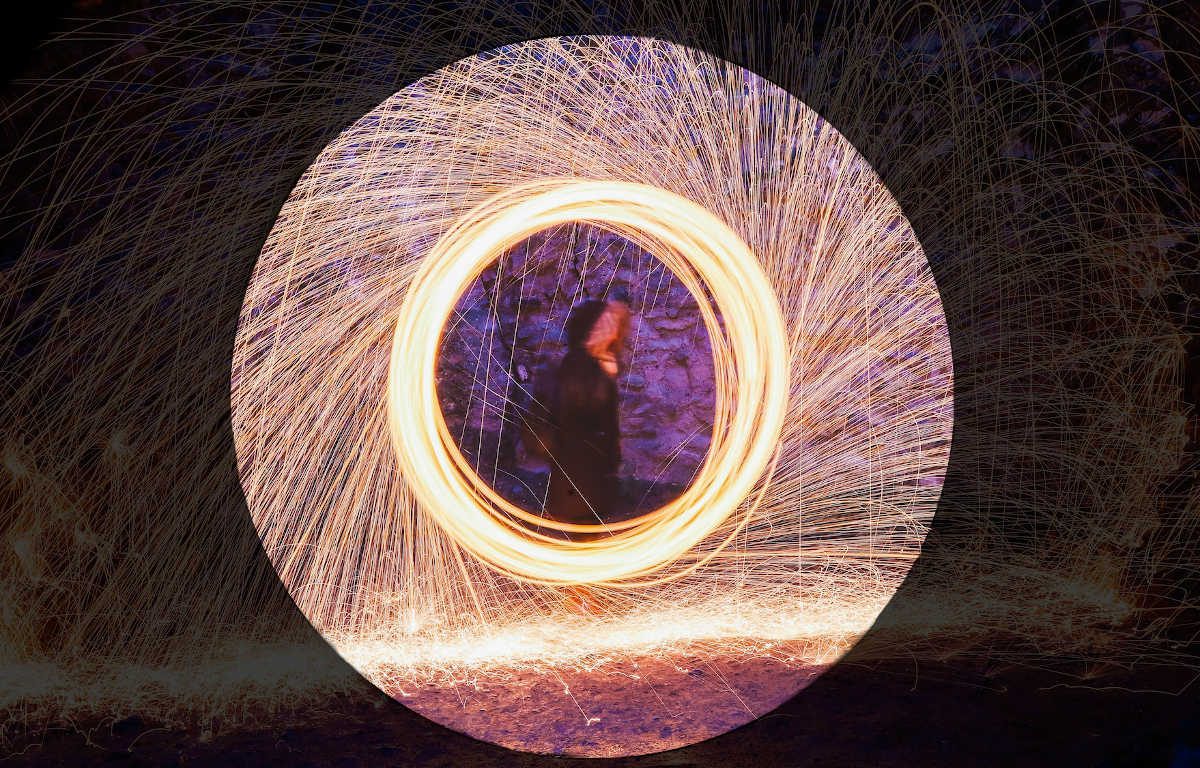Control is one of the hardest things to relinquish. This is especially true when you suffer from anxiety or when you are faced with difficult events. By learning to identify what is and what is not in your control, you can start to focus your energy on the things that matter. Mindfulness and other self care practices become a big part of supporting you in this pursuit. Byproducts of focusing on what you can control include confidence, a sense of safety, and ultimately improved quality of life.
Often the need to control our environment and other people comes from an imbalance in our life or challenging circumstances that push us beyond what we can handle at a given moment. Consequently, these situations are exacerbated by emotional and/or psychological factors.
This can be from having low self-esteem, high anxiety, or dealing with post-traumatic stress disorder. If someone is, or has been, controlled by someone, this may cause them to try and control everything else in their lives. This includes micromanagement in the workplace. Unfortunately, this is all too common in toxic work cultures or in leaders that lack skills for their respective roles. Furthermore, some personality disorders can also contribute to a need to control things. If you suspect this is the case for you, reach out to medical practitioners for help.
Circle Of Control
Steven Covey created a model that helps us understand what is and is not in our control. To help illustrate the concept, visualize a small circle in the middle of a much bigger circle. The smaller innermost circle is a reflection of your inner self. It reflects the things in your actual control. This includes your feelings, thoughts, and behaviours. At times, you may not feel like you are in control of this triad. With practice, you can definitely improve on them and how you respond to them.
This circle also includes your beliefs and the motivations that spur you to action. Your values and how they guide you in your everyday life are also in your control. Your response to memories and day-to-day situations is a part of this circle too. Please note the use of the word “response”. The actual events are not in your control, just how you interpret and respond to them. And last, but not least, how you choose to incorporate self care is one of the most important aspects of your life that you can control.
Circle Of Concern
Returning to the visualization, the bigger, outer circle surrounding the Circle of Control is everything outside of your control. This is called the Circle of Concern, it reflects the world around you. You have no say in these matters and these make up the majority of what you have to deal with on a day-to-day basis.
People
This includes everyone that isn’t you. That’s right, everyone else in the world. Particularly, how others behave, what they say or don’t say, what they believe, and what motivates them. Similarly, how they feel about you or any judgements they pass reside here and are irrelevant. Your self-worth should not rely on these individuals.
Time & Mortality
Time is an interesting phenomenon that is outside of our control, but we often ruminate on the concept. The past is often a major source of stress for people, as is the future. We cannot change what has happened, and we cannot predict the future. All we can do is control our response, be optimistic that we can influence certain outcomes, and accept that some things are beyond our ability.
There is also the reality of life. As human beings, we inevitably will get injuries, illnesses, and succumb to the natural act of aging. Yes we can absolutely do things to mitigate worst-case scenarios, but at the end of the day, we may still encounter health issues, and we will all die some day.
External Environments
Out of our control are greater powers that include things like the environment, politics, economics, and technology. What family and the circumstances you were born into, can’t be changed. And the random challenges you are dealt throughout your life are not in your control. These can include accidents, job losses, death of a loved one, and more.
The pandemic really drove this point home. Globally, none of us had control over the situation and it impacted our personal and professional lives. It impacted health measures, the global economy, and limited our resources. We entered a state of uncertainty we had never experienced. It changed our world as we knew it.
Circle Of Influence
This is a transitionary circle between the other aforementioned two. It is a region within which you may potentially have influence over something. It is not something you control, stop stressing over the outcomes. I personally find this a challenge because it is a gray area. Until recently, I assumed that if I did all the right things, certain outcomes would be guaranteed. This is also an area where we easily can lose sight of our boundaries, especially when we are passionate about the end result. By looking at this circle, we can free up energy where we see no possible benefit, or shift to support our efforts towards greater goals. This could be in your personal life or professional life. For example:
- Health – You want to limit risk of illness so you start to eat healthier and join a gym to exercise regularly. Ultimately you may still get sick, and your genetics can also predispose you to diseases;
- Career – You upskill and put in extra time at work in the hopes you get a promotion. The final decision is based on business needs and made by your organization’s leadership;
- Relationships – You’d like to see a new relationship go towards a more permanent arrangement so you share your thoughts and feelings. This can only come to be true if the other party feels the same way.
This list is not exhaustive, but it should give you an idea of what you can explore. The important thing to remember is that despite your best effort, the outcome you desire in the Circle of Influence may not come to fruition regardless of what you do.
Gain Clarity On Control
Put your newfound knowledge of control to use. Grab a piece of paper and draw three concentric circles. A small one in the middle, a bigger one surrounding it, and a large circle encompassing them both. Start to list things that are in your control in the innermost circle. If you run out of room, make a list on the side and draw a line to connect it to the right circle.
Then move on to the things you think you have some influence on, but know that ultimately, no matter what you do or say, the final outcome is not for you to decide. And finally, the giant circle where everything else in your life falls. Sometimes people find this list easier to start with, especially if they are going through a difficult period where they feel they have no agency. This exercise is not linear, so go back and forth if you need to.
Take as long as you need to complete this exercise. This can be hard for some, and that is okay. Once you’ve identified what presides in each circle, find ways to let go of the things that live outside of your control. And for what you do control, see which areas need focus for improvement or your overall betterment. By doing so, you also build your resilience for future unknowns and learn to manage stress better.
Recognizing what you are in control of can be liberating.
Don’t let the limited list of what is in your control get you down. Once you know in which circle worries and/or stressors belong in, you can free up headspace. Focus on the things that will improve your life and find support where you need it. This is where self care tools can help you achieve desired outcomes and support networks can help you through the tough times. Repeat this exercise whenever life is feeling out of control and adjust accordingly. Life is not fair, we know that. Getting stuck in the injustices of life will only bring you down. Focus on what you can change.
IMAGE CREDIT: Unsplash | Joshua Fuller.

